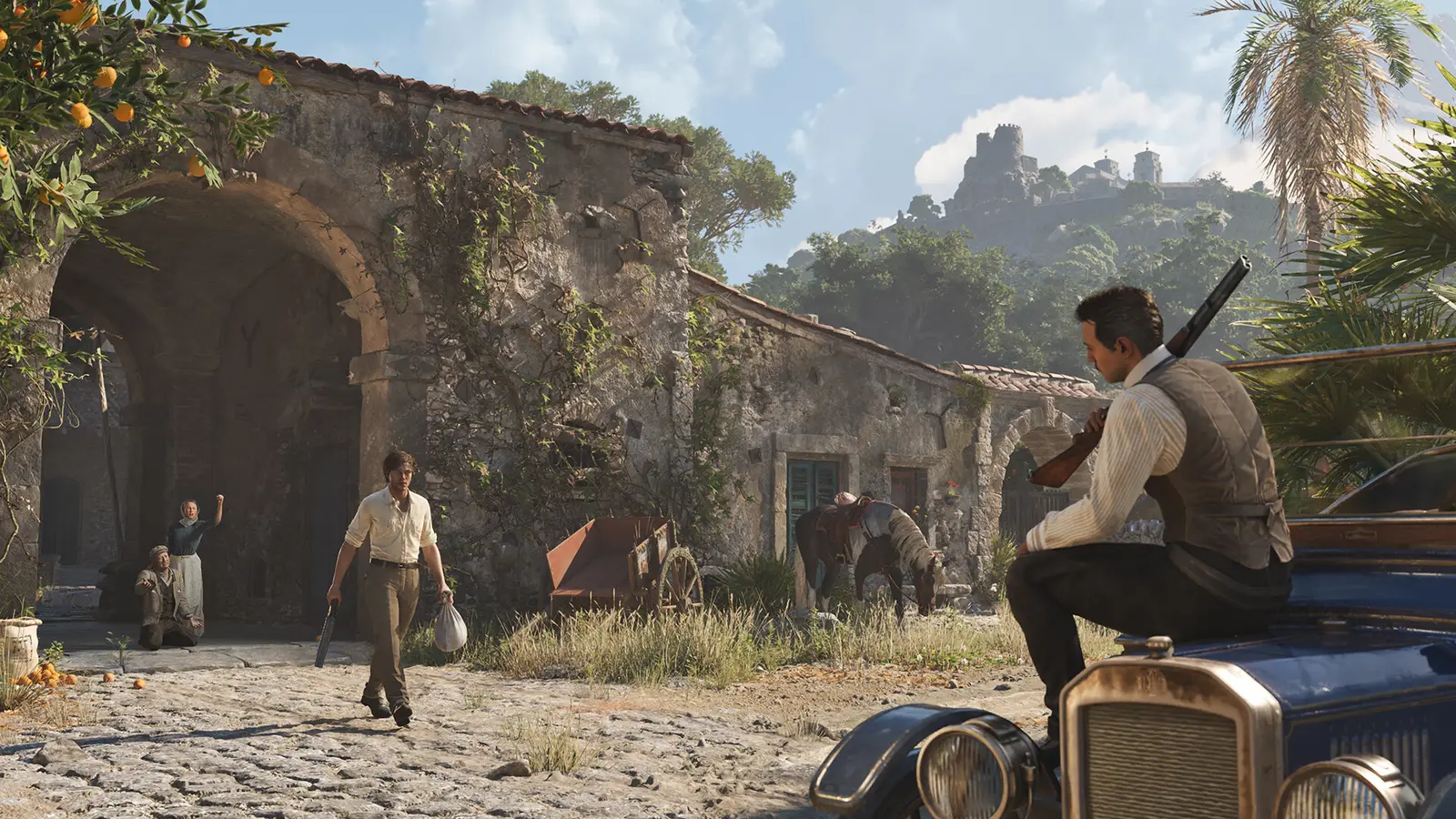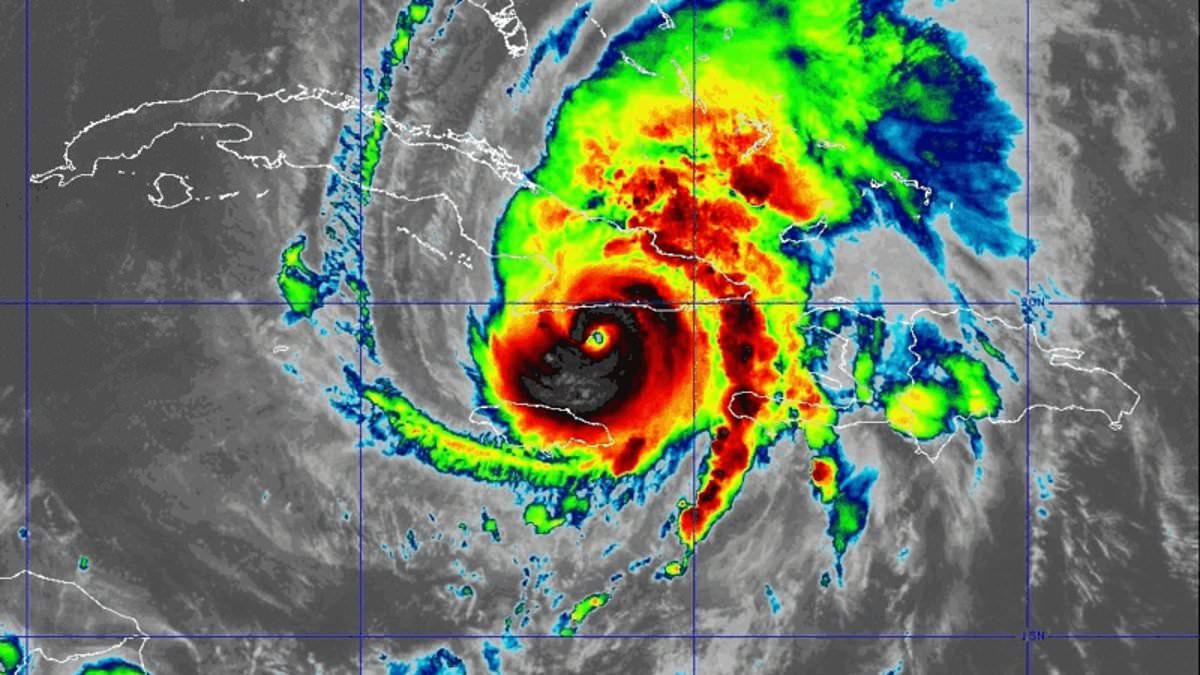Copyright Polygon

Growing up as the son of an Italian immigrant in the 1990s, the word “mafia” has been in my lexicon for as long as I remember. It was unavoidable in that era. Media at the time was filled with images of Italian American mobsters busting people’s kneecaps and whacking rival capos. My heritage was inseparable from The Sopranos as a teen, with anyone I met giddily asking me if I had any family members who were mobbed up. All you could do was lean into the romanticization of it all at the time and let people think you were some kind of secret badass because you had a name that ended in vowels. It wasn’t until much later in life that I began to learn the real, and very unsexy, story of the mafia. That story was one that the brains behind 2K Games’ Mafia series had been dying to tell for a while. Developer Hangar 13 (and the former 2K Czech team that was folded into it in 2017) had told plenty of tales about gangsters roaming around fictional American cities in the first three Mafia games, but the trilogy didn’t do much to root all the bloodshed in real Italian history. That changed earlier this year with Mafia: The Old Country. The action-adventure game left the United States for Sicily in order to create an origin story of sorts — not one for any of its characters, but for the concept of Italian organized crime itself. “It's not like we tried to tell the story of the first mafioso or something like that,” game director Alex Cox told Polygon in a video call. “That wasn't our goal, but to show the context and to at least give a feeling as to why this kind of mode of crime arose in the first place.” Reflecting on The Old Country a few months removed from its August release, I spoke with Alex Cox and art director Steve Noake about the historical research that informed the game’s story and world design. The duo made it clear that the studio’s intention wasn’t to offer another romantic antihero story, but to show players that you can’t talk about the mafia without acknowledging the class struggles and labor issues that birthed it. The idea of a Mafia game set in Sicily was in the cards for “quite a while,” Cox said. The trick was just finding the right time as a studio to pull the trigger, which meant finding the right story to tell. The right opportunity presented itself when the team started looking for a unique hook that would set its next game apart from the original trilogy. Rather than doing another crime story set in the United States, why not trace the origins of the mafia back to its roots? “What was the Sicilian mafia?” Cox explained. “Many people understand. They've seen The Godfather, they kind of know it exists. And they understand that the American mafia originated there, but they don't know the details … it's much less documented. How it compares and contrasts with the US mafia was interesting to us. It made us realize there was a new story to tell there that would contrast well with the other games.” The history of worker relations ... is really part of the story of the mafia and where it originated. It was a sensible direction for the series to take after exploring fictionalized versions of Chicago and New York City, but one that would require extensive research to pull off right. It wouldn’t be enough to just replay the series’ past ideas but in an Italian setting; The Old Country would need to truly understand the historical context of a 1900s Sicily that was worlds apart from America. And there’s a complicated story to tell there. “Where the mafia arises from in Sicily actually has to do with this huge disparity between the workers and the aristocracy, the landowners,” Cox explained. “In the 50 years or so in the late 19th century and up in the early 20th century, one of the main cultural phenomenons in Sicily is this eroding authority and power of the aristocracy as modernity starts to find its way even into Sicily, which is relatively undeveloped. What you get there is their waning influence. They control vast swaths of land. Many of these businesses, the mines and things like that, are controlled by the wealthy industrialists from across Europe coming in and mining Sicily for its mineral wealth. “The mafia arises in the middle there. They appear on behalf of the landowners to manage their estates and then they start to extort the people that they're supposed to be administrating. The peasants, the workers, the farmers. And then soon they start also doing it upwards as well because they start to gain control over the local communities and such. They start to also extort upwards towards the landowners themselves, carving themselves out as a very lucrative and criminal enterprise somewhere in the middle.” That context immediately helped solve one of the toughest tasks the studio faces with each Mafia game: creating a relatable protagonist. The team was building a story around an exploitative culture that was putting children to work in dangerous conditions. That image birthed the game’s antihero, Enzo Favara (played by Riccardo Frascari), who is an orphaned teenager working at a mine under an abusive boss. The Old Country takes its sweet time showing the severity of his situation, making you feel why a person at this time might be drawn into a life of crime as an alternative. The mines become a recurring symbol that hangs over Enzo’s head throughout the story, representing the labor issues of the time that are inseparable from any conversation about the mafia’s origins. “The history of worker relations — where people were working and how they are working — is really part of the story of the mafia and where it originated,” Cox said. “Whether that be causing strikes, busting strikes on behalf of the Fasci Siciliani at that time, which was a big labor movement arising in reaction to these very terrible conditions in an industrial setting towards the end of the 19th century. And in the mines. Mafia activity maps very, very closely in Sicily in the 20th century to places where there's mines, there's mineral wealth, there's industrial wealth, and that's naturally where these criminal enterprises start to spring up because that's where they're skimming money off the top.” With a political backdrop in place, the team needed to figure out how that context would change what you actually did in The Old Country. You couldn’t just go around shaking down city bars for money or other crimes that we usually see in American-set mafia media. There were some clear 1:1 parallels that would help bridge that gap. Cox notes that the idea of an extortion racket in a lemon grove isn’t too far off from the kind of crimes we see in previous mafia games. But the setting dictated that the team get more specific about the kinds of criminal activity that would actually be happening at that time. “One of the examples we have in the story is kidnapping and it's the banditry in Sicily,” Cox said. “It's just not a feature of the American underworld. Certainly in the wild west, but not in the urban settings of the games that we'd covered in the 20th century. The mafia with a homegrown feature of Sicily. It came from the societal, historical, cultural factors of Sicily around that time. Whereas in America it's rather an imported thing that came over and found an environment in America where it could really flourish and become something much bigger.” Authenticity was paramount for the creators. It’s something that the Mafia series has always strived to deliver and something its fans come to it for. Hangar 13 went to great lengths to capture the essence of 1900s Sicily, with a research project that started with poring over books and reference photos. Members of the team would eventually travel to Italy and stay at a farm, eating prickly pears in a kitchen not unlike the ones featured in the game. That process would get Steve Noake thinking about how the game’s open world should work. He didn’t want it to feel like a “dehydrated” museum experience. Rather, his team wanted to create a lived-in place, full of weeds and detritus, that was properly reflective of the social climate of the time. “You're looking at some of these locations and you can see from the period photography exactly how destitute the population was in certain locations,” Noake explained. “The fact there are no metal streets. Those streets are basically dust bowls. I certainly came into it with a very different level of visualization of the time and the period and what it would really be like, and the deeper we got into the reference and learning about the sulfur mines — That's another very important part of this! Thinking about what it would be like to feel like you're in this society where essentially the children are almost contractually sold to somebody else to do some work. How hard must it be?” The Old Country’s open world has been a point of debate since its launch. It isn’t your typical video game environment full of activities to do and points of interest to check out. Instead, you don’t interact with it much at all. It’s more so there to set the scene, with a tremendous amount of detail put into the smallest roadside farm. That was by design. From the beginning, the team wanted to focus on creating a world that felt experiential, not driven by gameplay. “There are farms that are similar to some of the farms we have in the game in the UK,” Noake said. “You can see the level of somebody living in that space, somebody making do, somebody mending something. You can almost see their fixing on top of each other. You can see multiple generations that have lived in that place who have all fixed a door or something in a similar way. Those are the details we really focused in on.” It wasn't a kind experience arriving through Ellis Island... While the entire game takes place in Italy, The Old Country does bring the series back to America for one quick but crucial moment. Following a dramatic climax where Enzo’s life of crime goes up in smoke amid the backdrop of a volcano eruption (a sequence riffing on a real earthquake that happened in Messina circa 1908), his lover Isabella escapes the mafia’s grasp and boards a boat to America. For Cox, it’s a missing piece that ties the series together. The Old Country isn’t just a story about the birth of the mafia, but one about immigrants and what drives one to look for a better life in America. “Almost in the first week of the project ideation, the final scene of the game was a boat leaving Sicily, because of how it connects to the legend of the mafia,” Cox said. “And also just the story of immigrants to America generally, which from a storytelling perspective, we're trying to craft a story that people can relate to. I think many people in America have got this in their recent heritage. A story of people coming from overseas, having suffered hardship, moving to the US with hope in their hearts, is something which I think resonates very strongly with an American audience.” It’s a bright-eyed portrait of America that doesn’t fully reflect the country’s dire reality. The United States hasn’t always been so welcoming to its immigrants. You can see that tension reflected in current events, as ICE agents are being deployed around the country to indiscriminately round up immigrants (including legal US citizens). It isn’t a recent occurrence sparked by a presidential administration’s fiery rhetoric; America has a long history of mistreating those who come looking to it for opportunity. Italian immigrants in particular once faced rampant racism upon entering the United States. “It wasn't a kind experience arriving through Ellis Island and realizing that the country you were arriving in wasn't necessarily as welcoming as you might have hoped,” Cox noted.



